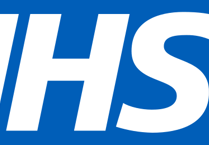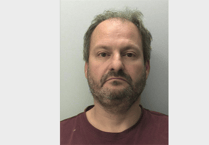A LETTER has now been sent to Health Secretary Stephen Barclay urging for a review into the closure plans for Teignmouth Hospital.
As unanimously agreed by Teignbridge councillors last month, the letter from the district council’s chief executive Phil Shears says the council believes the decision to close the historic hospital in Mill Lane, the first NHS hospital to be built in the country, ‘represents a serious error of judgement’.
It explains that councillors unanimously passed a motion asking Mr Shears to write to urge for a review of the closure plans ‘mindful of the pressures on local acute hospitals through delayed discharges to other appropriate provision’.
The letter continues that councillors believe the immense pressures on acute hospitals, such as Torbay, are made worse by a shortage of domiciliary care and a lack off beds in the community to which patients can be discharged.
Bed shortages at Torbay are also impacting on the ambulance service, resulting in delayed transfers and lengthening responses to emergency calls.
It says councillors believe Teignmouth Hospital ‘can play a vital role’ in easing these pressures as an integral part of healthcare provision to the town and the wider district, providing community beds for patients who are currently occupying acute beds unnecessarily.
The letter is also being sent to the chairs and chief executive of Torbay and South Devon Healthcare Trust, Devon Clinical Commissioning Group, local members of parliament, Dr Sarah Wollaston, chairman of the Integrated Care System for Devon, the chief executive of the Integrated Care Systems board and the regional medical director and higher level responsible officer fort the southern region of NHS England.
It concludes: ‘As illustrated by the unanimous vote, this council believes that the decision to close Teignmouth Hospital represents a serious error of judgement.
‘We urge you to review and reverse pre-covid decisions to close the hospital so that it can continue to provide a range of much-needed local inpatient and outpatient healthcare close to the community.’




